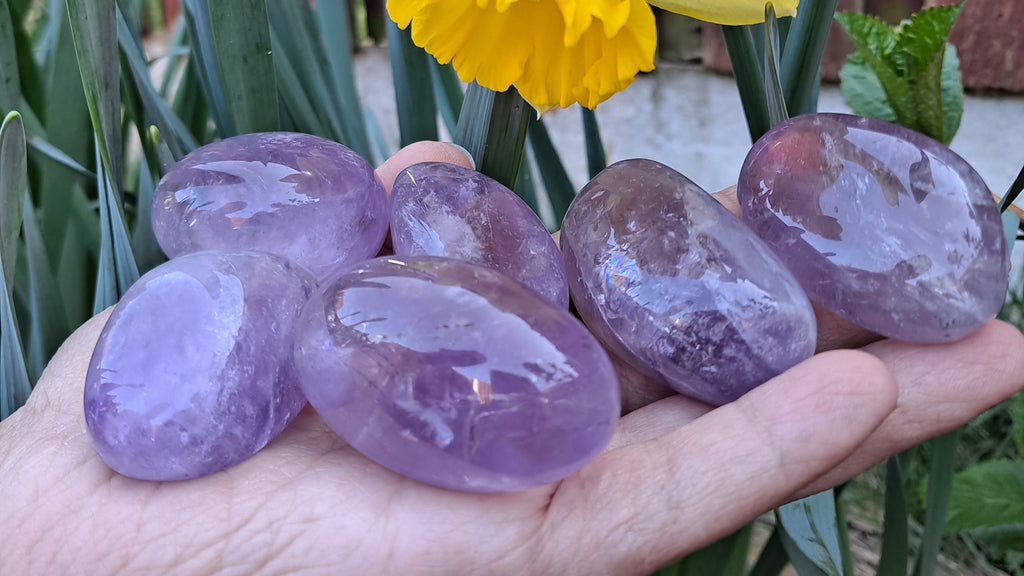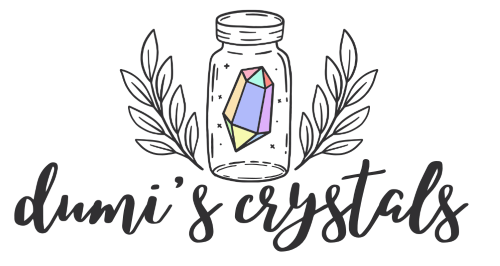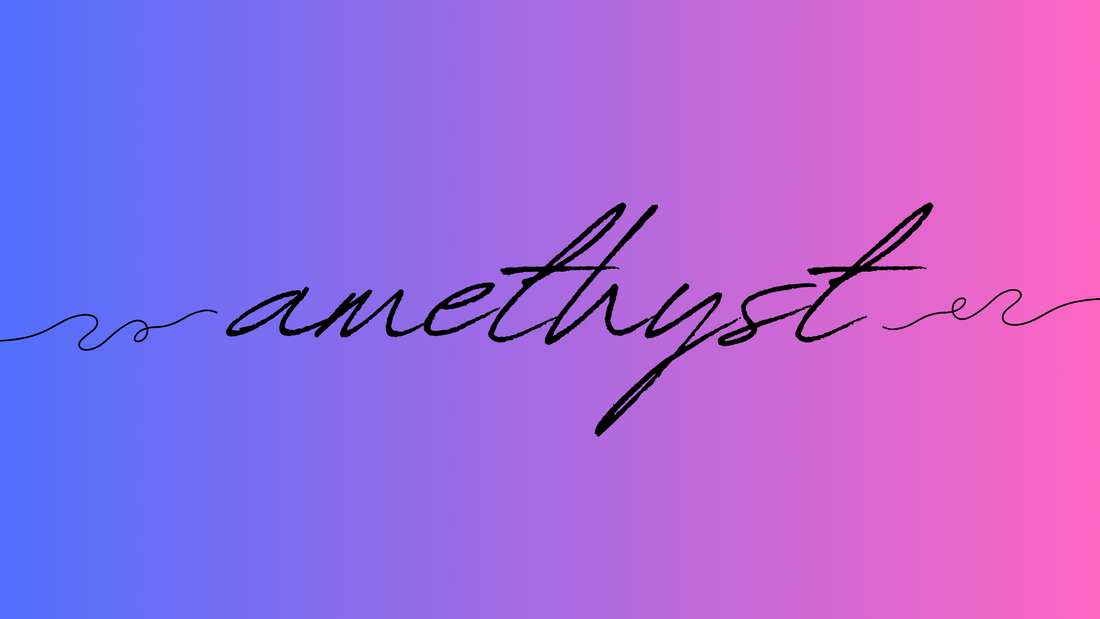In the realm of gemstones, amethyst stands as a radiant testament to the kaleidoscope of nature's artistry. This exploration takes us through the varied palette of amethyst, from the common colour variations to the factors that influence their mesmerizing hues, and further into the realms of rarity, value assessment, and the discovery of unique and uncommon varieties.
Find more about Amethyst
Common Colour Variations
Amethyst, renowned for its enchanting purple tones, unveils a mesmerizing array of common colour variations. Ranging from delicate lavender to deep violet, these hues are the result of subtle variations in the concentration of trace elements, primarily iron and aluminium. The intensity and saturation of colour can vary widely, offering a spectrum of choices for those captivated by the regal charm of this gem.
Beyond the classic deep purple, amethyst can take on various shades, including pinkish-lilac tones, reddish-purple hues, and even bluish-violet variations. Understanding these common colour variations allows gem enthusiasts to appreciate the diverse expressions of amethyst's natural beauty.

Check out our healing Amethyst 8mm Bead Bracelet
Factors Influencing Colour
The captivating colour of amethyst is a result of a delicate dance between geological processes and the presence of specific elements during its formation. Factors such as radiation exposure, iron content, and temperature variations play pivotal roles in shaping the gem's final hue. Heat treatment, a common practice in the gemstone industry, can also be employed to enhance or modify the colour of amethyst.
Exploring these factors provides a deeper understanding of the gem's dynamic coloration and allows collectors to appreciate the intricate geological journey that each amethyst crystal undergoes.
Rarity and Value Assessment
Amethyst's value is intricately tied to the rarity and desirability of its colour. Deep and saturated purples are generally considered more valuable, while paler shades, such as Rose de France, have their own distinct appeal. Rarity is often linked to the availability of high-quality specimens in nature, and the quest for unique colour combinations adds an extra layer of intrigue.
By understanding the factors that contribute to rarity and assessing the value of amethyst based on colour, collectors and connoisseurs can make informed choices when acquiring or appreciating these exquisite gemstones.

Check out our healing Amethyst Tumbled Stones
Unique and Uncommon Varieties
The world of amethyst extends far beyond its classic purple hues, revealing a treasure trove of unique and uncommon varieties that add a distinctive flair to this already enchanting gemstone.
Ametrine: The Marvellous Blend of Amethyst and Citrine
One of the most captivating and rare varieties is ametrine, a mesmerizing fusion of amethyst and citrine. Exhibiting a stunning marriage of violet and golden-yellow tones, ametrine is a true marvel of nature. This unique gem often features distinct zoning, with well-defined boundaries between its amethyst and citrine sections. Ametrine's rarity and striking colour contrast make it a coveted addition to any gem collection, embodying the harmonious coexistence of two vibrant gemstone worlds.
Green Amethyst: Prasiolite's Verdant Allure
Diverging from the traditional purple palette, green amethyst, also known as prasiolite, presents a verdant alternative that captivates with its cool and calming hues. This variety is created through heat treatment, transforming purple amethyst into a spectrum ranging from pale green to deep olive. Prasiolite's fresh and elegant appearance has gained popularity in contemporary jewellery design, offering a unique and refreshing twist to traditional amethyst jewellery.
Siberian Amethyst: An Icy Symphony of Purple and Blue
Found in the frigid landscapes of Siberia, this unique variation of amethyst unveils a mesmerizing interplay of purple and blue tones. The occurrence of blue in Siberian amethyst is attributed to the presence of hematite and other trace elements. The result is a gemstone that radiates a chilly, almost icy, beauty. Siberian amethyst stands as a testament to the diverse geological conditions that can shape the appearance of this regal gem, offering collectors a rare and distinctive addition to their gemstone repertoire.
Rose de France: The Delicate Lavender Beauty
While Rose de France is a more recognized variety, its delicate and pale lavender tones make it a standout in the realm of amethyst. Often prized for its soft and romantic coloration, Rose de France is a type of quartz that showcases a gentle, ethereal purple hue. Its subtle elegance makes it a popular choice in both vintage and contemporary jewellery, offering a refined and feminine alternative to the deeper purples associated with traditional amethyst.
Bolivian Amethyst: Deep Hues from the Andes Mountains
Originating from the Andes Mountains in Bolivia, this variety of amethyst is celebrated for its deep and intense purple tones. The unique geological conditions of the Bolivian mines contribute to the rich coloration and exceptional clarity of these crystals. Bolivian amethyst, with its vibrant and saturated hues, stands as a testament to the geological diversity that shapes the characteristics of this captivating gemstone.
Exploring these unique and uncommon varieties not only broadens our understanding of amethyst but also invites us to appreciate the intricate and diverse expressions of this royal gem. Each variety tells a story of the geological forces at play, resulting in a kaleidoscope of colours that continues to captivate gem enthusiasts and collectors alike.
In conclusion, Dumi's Crystals invites you to embark on a journey through the exquisite spectrum of amethyst. From the common colour variations to the factors shaping its captivating hues, and the rarity of distinct varieties, amethyst continues to captivate and inspire with its ever-changing and timeless beauty.

Check out our healing Amethyst Cluster
FAQs
Q: What are the different varieties of amethyst? A: Amethyst comes in various types, including Chevron Amethyst, Green Amethyst (Prasiolite), Vera Cruz Amethyst, and the unique Ametrine, which is a combination of amethyst and citrine.Q: How does the colour of amethyst vary among different varieties? A: Amethyst exhibits a wide range of colours, from pale lilac to deep purple. Variations are influenced by factors like trace elements and irradiation, resulting in unique hues in different varieties.
Q: Are there geographical differences in amethyst varieties? A: Yes, geographical origin impacts amethyst appearance. For instance, Siberian amethyst is known for its intense purple colour, while Brazilian amethyst may display reddish tones.
Q: What makes ametrine a distinct variety of amethyst? A: Ametrine is distinct due to its dual-colour nature, showcasing both amethyst's purple hues and citrine's yellow tones in a single crystal, resulting from a unique combination of geological processes.
Q: How do amethyst geodes differ from other varieties of amethyst? A: Amethyst geodes are large hollow rocks filled with amethyst crystals. They differ in size and formation, creating stunning displays of deep purple crystals inside a rock cavity.
Q: Are there rare or unusual amethyst varieties worth exploring? A: Yes, rare varieties like Reddish-Purple Amethyst or Trapiche Amethyst with radial patterns are fascinating to collectors. Exploring less common types adds a unique dimension to amethyst appreciation.
Q: What role does crystal structure play in distinguishing amethyst varieties? A: Crystallographic differences contribute to variations in amethyst types. For example, some varieties may have larger or more defined crystals, influencing the overall appearance.
Q: How can one differentiate between synthetic and natural amethyst varieties? A: Natural amethyst often displays inclusions and irregularities, while synthetic versions may lack these imperfections. Advanced testing methods like spectroscopy can further confirm authenticity.
Q: What are the metaphysical properties associated with different amethyst varieties? A: Amethyst is believed to have calming and spiritual properties. Varieties like Vera Cruz Amethyst are considered powerful tools for meditation and energy work due to their unique energetic vibrations.
Q: Are there historical or cultural significance attached to specific amethyst varieties? A: Throughout history, amethyst has been associated with sobriety and protection. Some cultures believe certain varieties, like Siberian amethyst, possess enhanced mystical or healing properties.

